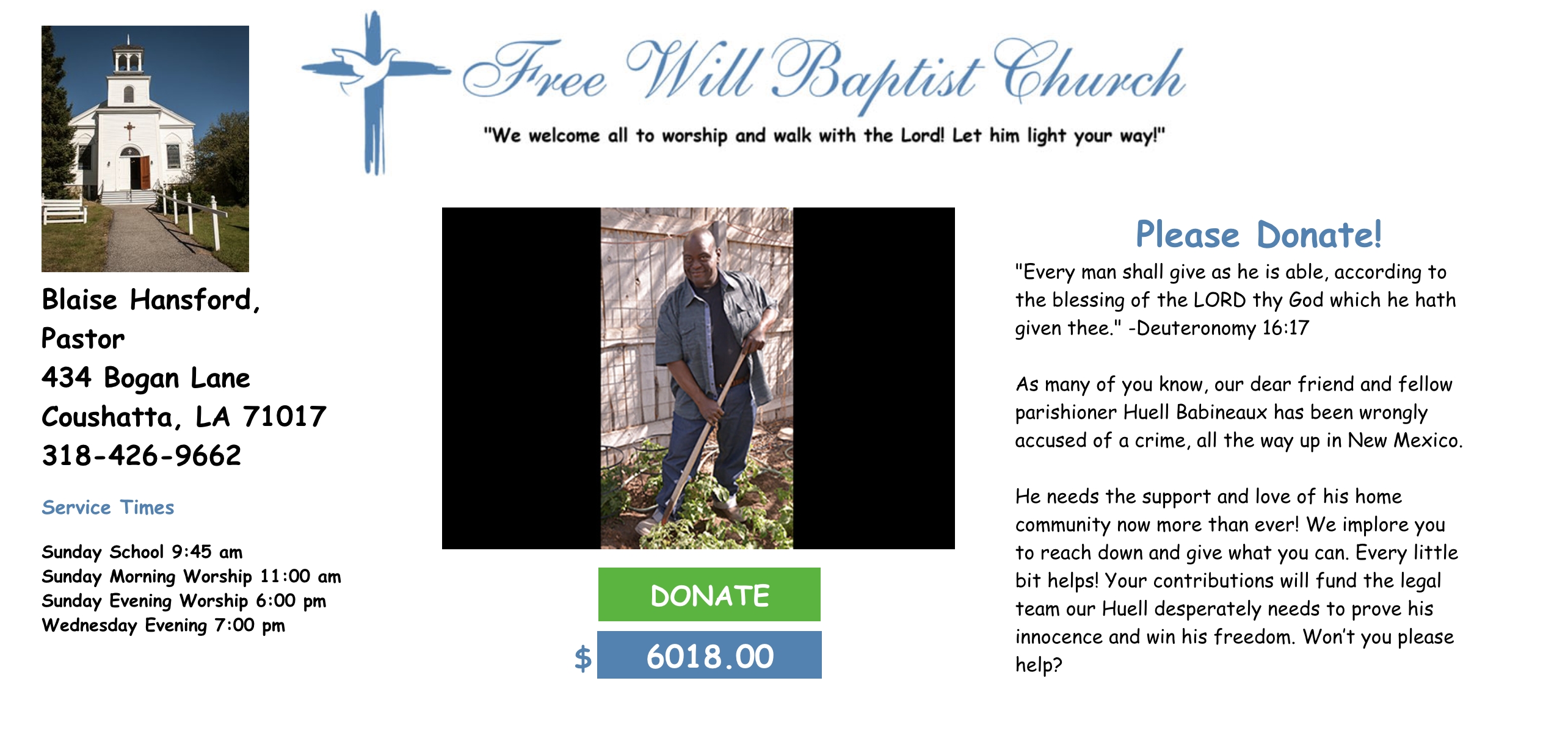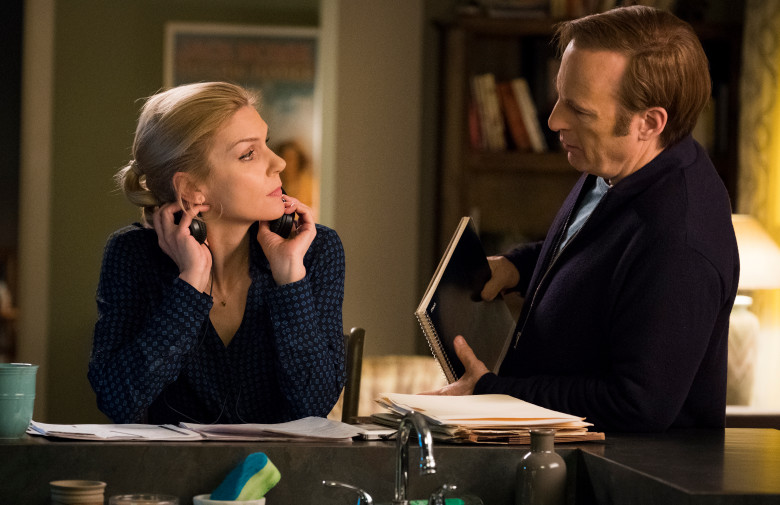
Welcome back to our weekly breakdown of the minutia of Vince Gilligan and Peter Gould’s Better Call Saul. While Brian Grubb provides his always excellent coverage of the series (here’s his write-up of the most recent episode), here we will look at some of the details viewers may have missed, callbacks to Breaking Bad, references to other shows or movies, and theories on the direction the series is heading. We scour Reddit threads, Twitter, listen each week to the phenomenal Better Call Saul Insider Podcast, and attempt to curate the best intel about each episode.
In this week’s episode, Kim wants to do it again.
1. Jim McKay directed this week’s episode, ‘Coushatta’ — his first episode in this universe since directing an episode in the first season of Breaking Bad — and if you’re wondering if they actually took a bus to Coushatta, Louisiana in the teaser sequence, they did not. The teaser was shot mostly on a bus with a cast of locals, and much of what is seen out of the windows was added in with visual effects. In fact, the final shot of the teaser — with Jimmy in front of the Coushatta post office/bait shop — was actually a church in Albuquerque and all of the changes were made with visual effects, and it’s so remarkably done that not even Vince Gilligan realized it.
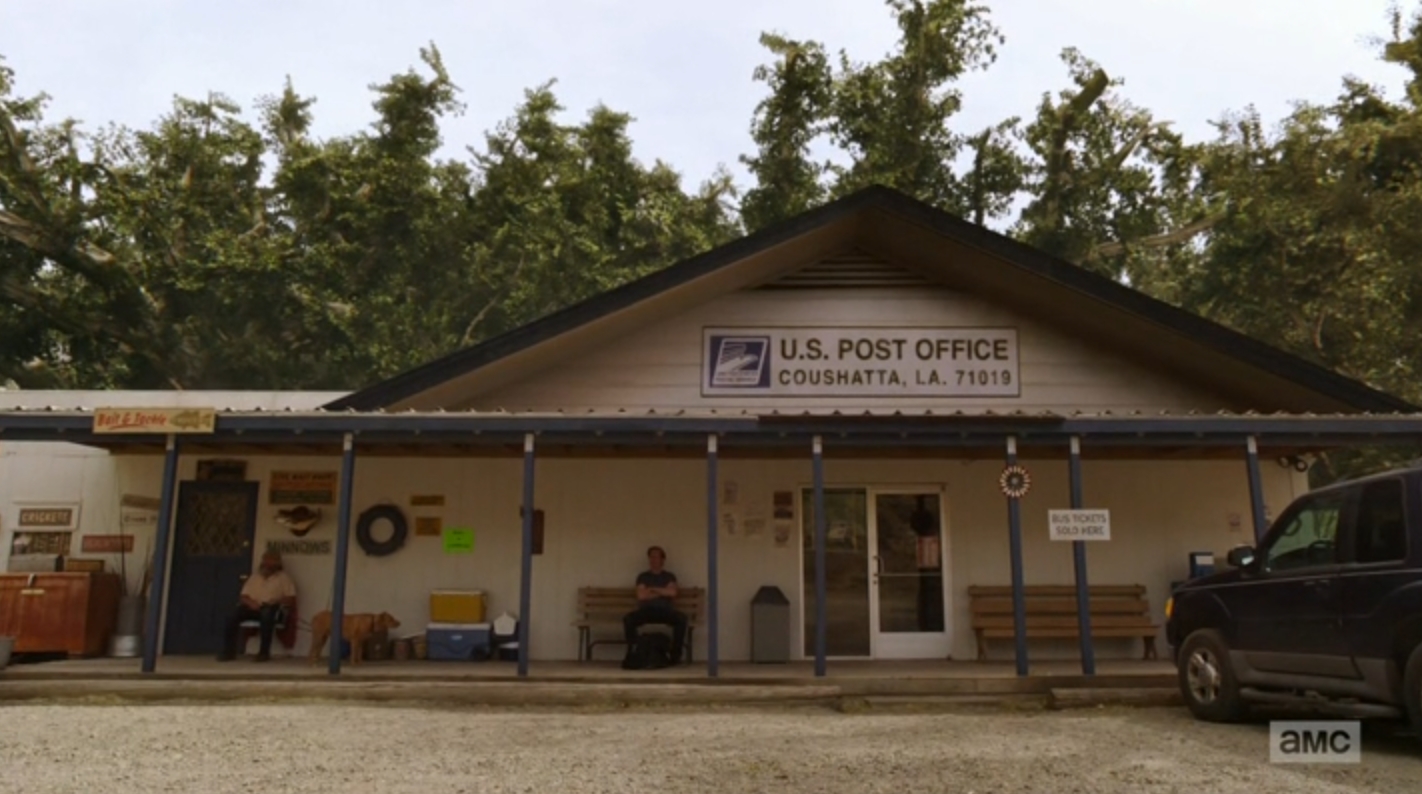
2. Saul’s music supervisor Thomas Golubic was on the Insider podcast this week, and it’s well worth a listen for viewers into the geekier aspects of the music. It’s fascinating how much goes into song choice in each episode, from the choice of music for the montages to the diegetic music that can be heard throughout the episode (for instance, the snippets of songs that can be heard — and must be paid for — in the strip club), and the challenges in licensing all of that music within a limited budget. In fact, during this week’s episode, Golubic had very little money left to license the song that Kim Wexler listened to on her headphones, so they couldn’t afford any of their initial choices. In a way, however, it required that he put even more thought into what Kim might listen to, and ultimately, they chose a Stereolab song not just because it was the only thing they could afford, but because they thought it was perfect for the character.
Golubic also noted what a gift Saul — and, in particular, the musical montages — are to musicians, who are able to gain a wider audience, and have their songs played in their entirety. Golubic also stressed that the series does not like to use any songs that have known associations and might evoke scenes from other television shows or movies, which Gilligan suggested was a form of cheating. (The song used in this week’s montage, by the way, was Les McCann’s “Burnin’ Coal.”)
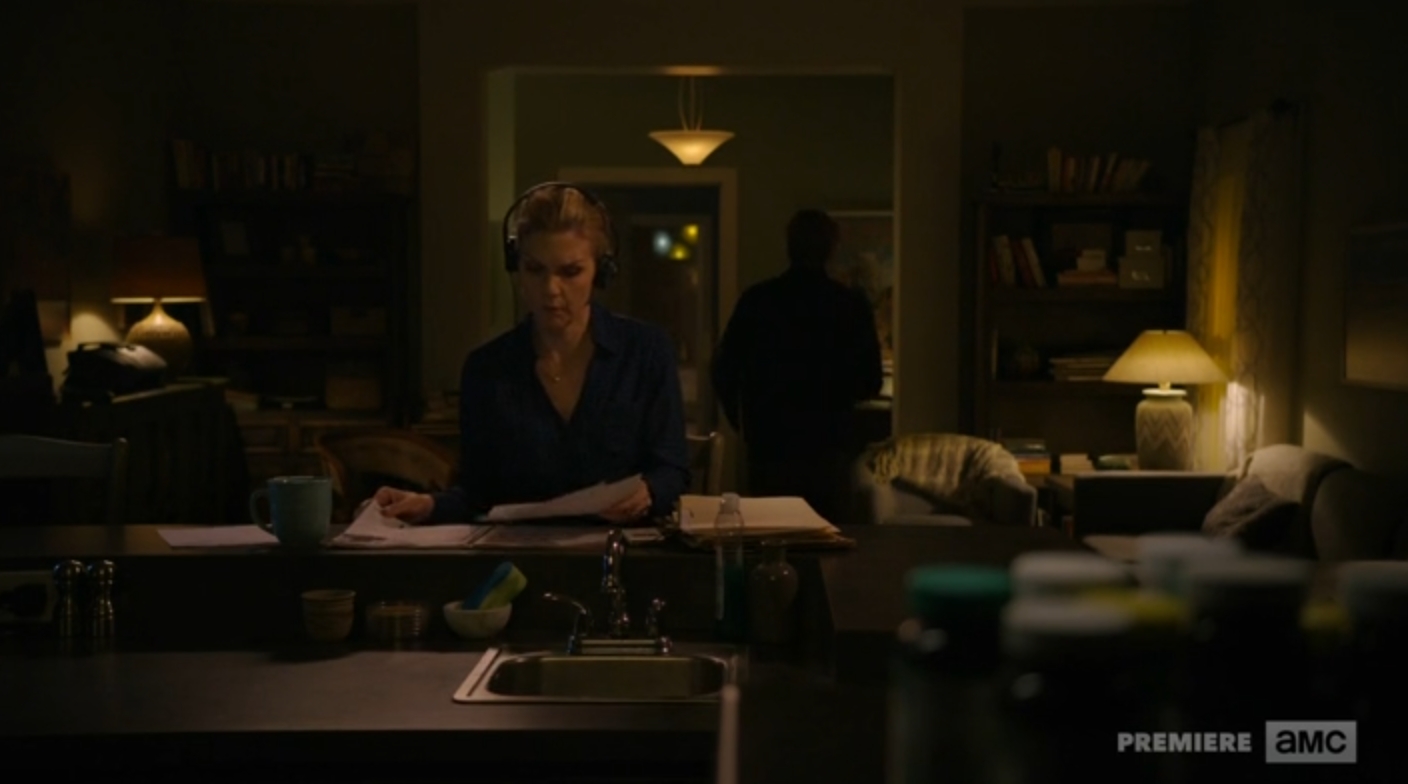
3. While talking about budgets and hard choices, Vince Gilligan also noted that in Breaking Bad season 2, they had to make another hard budgetary choice. In the fourth episode of that season, when Jesse breaks into a junkyard to steal back Walter White’s RV, he was supposed to be chased down and bitten by a couple of junkyard dogs. Unfortunately, the cost of those dogs was $25,000. So, instead of springing for the dogs, they had Jesse fall into a Port O Potty for a mere $100.
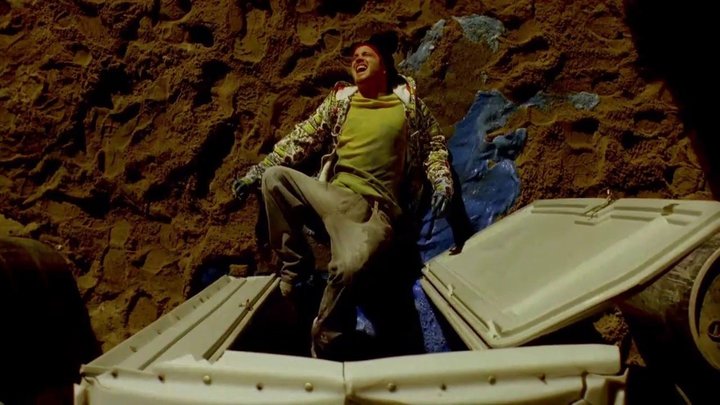
4. Michael Mando was also on the Insider podcast this week, and while everyone associated with this series seems to be genuinely kind, amazing people, Mando’s sweet nature is particularly noteworthy because of the way it contrasts with his character. He also gets way into his character, and though his character doesn’t actually say much in this episode, there is a lot about Mando’s performance that can be inferred. For instance, the fact that, after the time jump, Nacho essentially has everything he could have ever wanted when he began working for Salamanca — the nice house, women who adore him, a nice car, and all those material possessions. However, he’s never been more unhappy. The “safe is his real heart,” Mando says. His father, and his future life in Canada (if that’s what, in fact, the Canadian ID cards are for) are all that matter to him.
Mando also inquired of Gilligan and Gould a lot about his character, wanting to know more about his backstory. He’s particularly interested in what drove Nacho — a guy with a loving father and a stable home — into the criminal life, and concluded that it can only be money, that his financial situation must have been incredibly dire for him to make such a decision. Mando also believes that Gus and Nacho, weirdly, are kindred spirits.
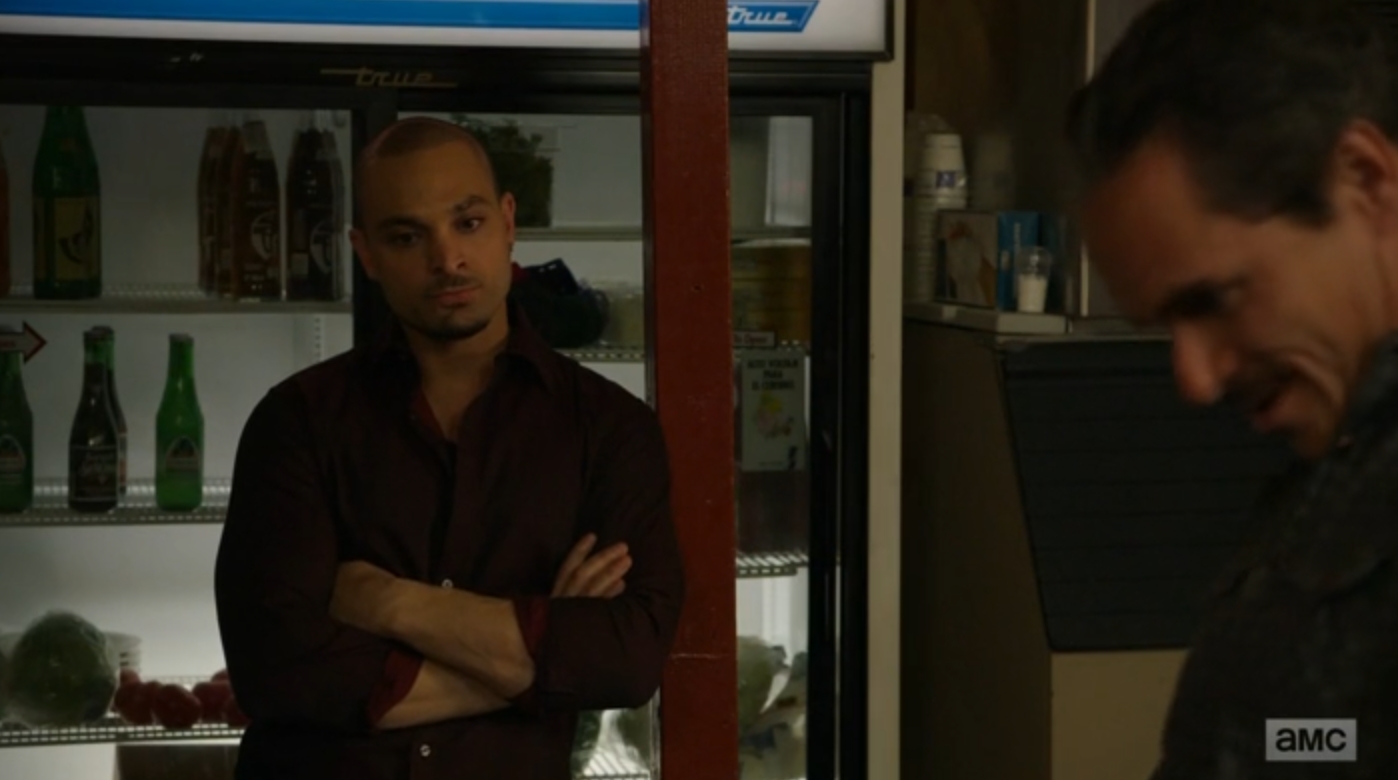
6. For those of you who may have forgotten, Lalo — introduced at the end of the episode — is actually a character from Breaking Bad who was named but never seen. Saul mentioned him when Walter and Jesse took him out into the desert and threatened to kill Saul.
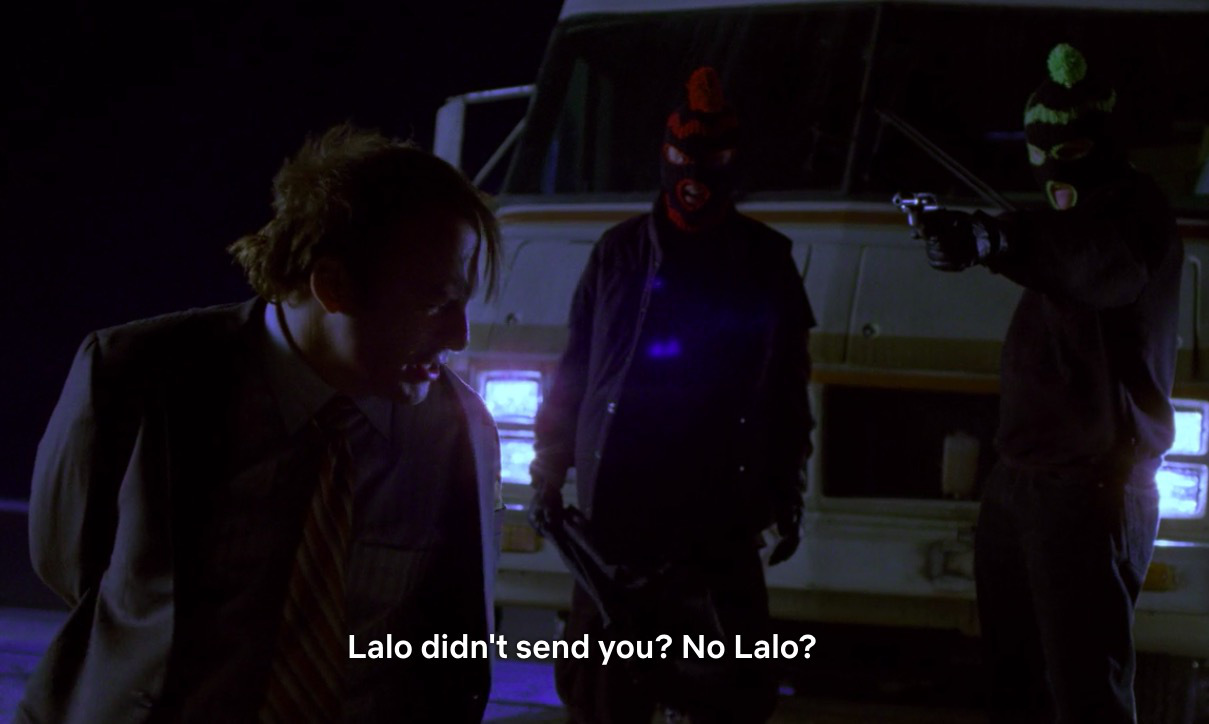
In what was at the time a throwaway line, Saul says to Jesse and Walter, “Oh no no no no. It wasn’t me. It was Ignacio. He’s the one!” before asking, “Lalo didn’t send you? No Lalo?” He expressed relief upon learning that Lalo had nothing to do with the situation. That suggests that, five years in the future, Lalo is a menace and he and Nacho are still associated with one another (and alive). I don’t think Nacho will be going to Canada anytime soon.
7. The donation page that Jimmy set up for Huell as part of their efforts to scam the prosecutor was actually a callback (or, in this case, a call forward) to something that Saul Goodman would duplicate with Walter White to help him launder money in Breaking Bad. (via AMC)

8. Even better, Huell’s website actually exists on the Internet here, and if you click on the donate button, it takes you to a Louisiana food bank. If you call the phone number on the page — 318-426-9662 — you get a fantastic message from Jimmy as the Pastor with that Louisiana accent.
